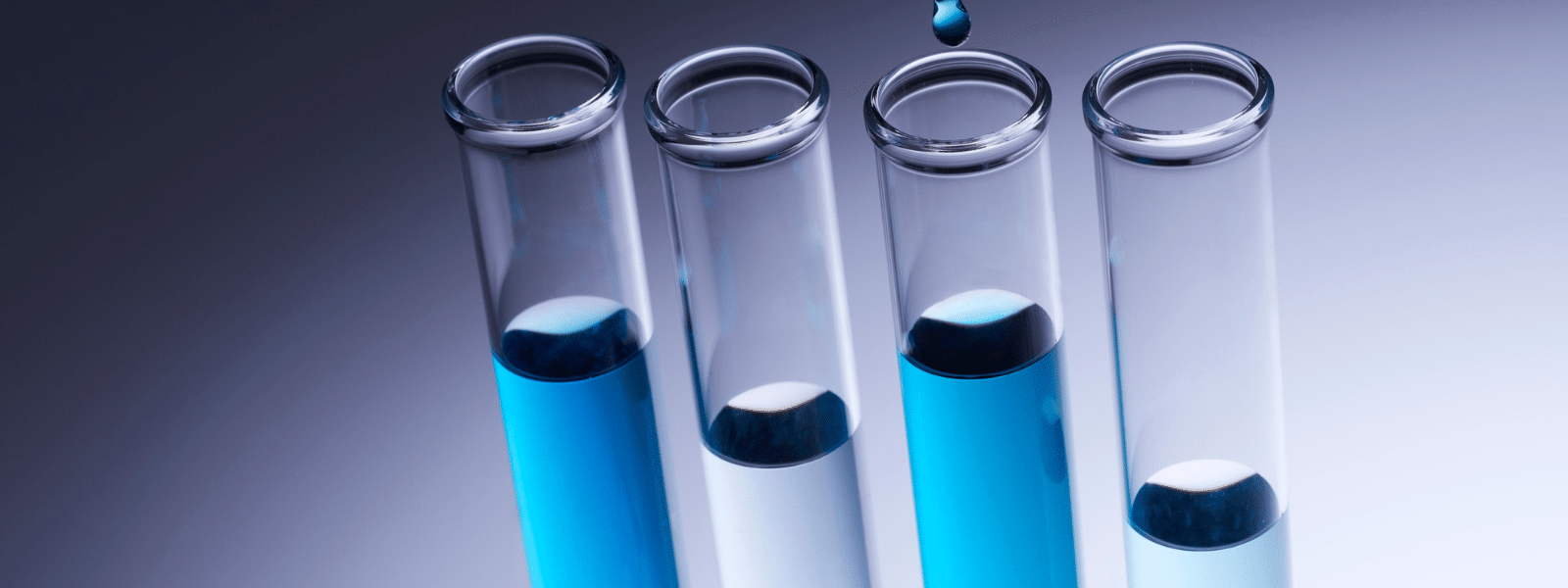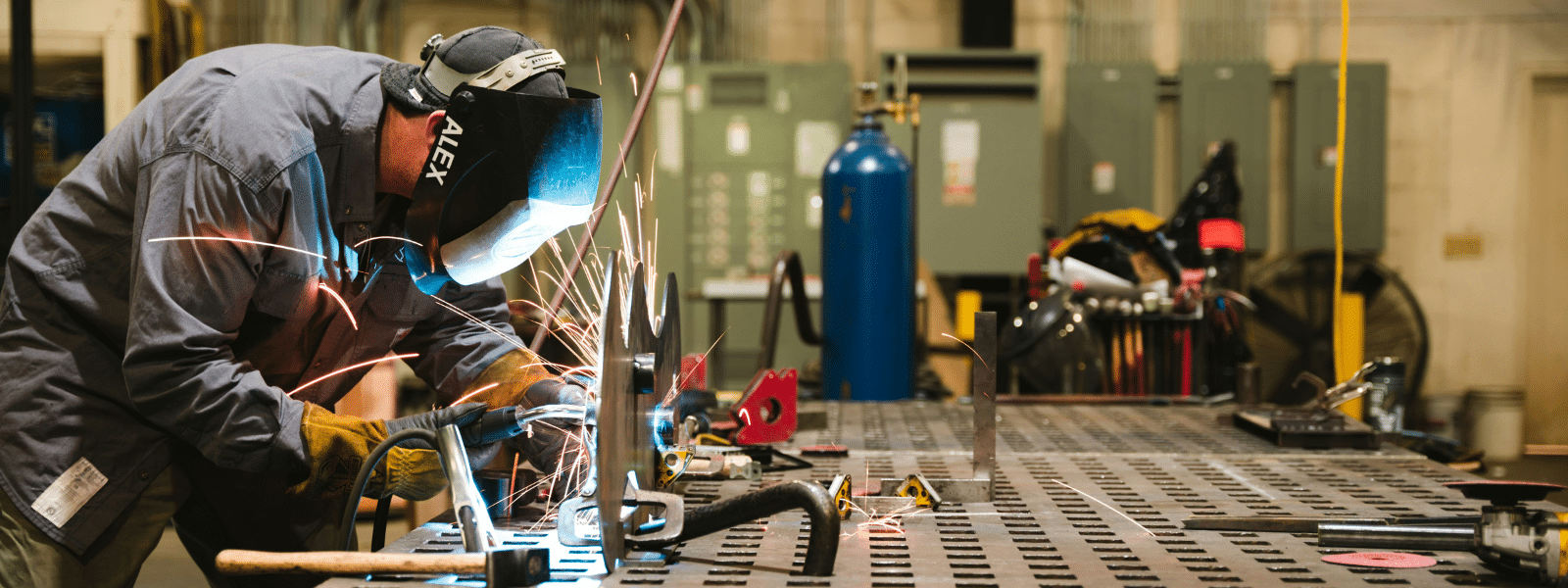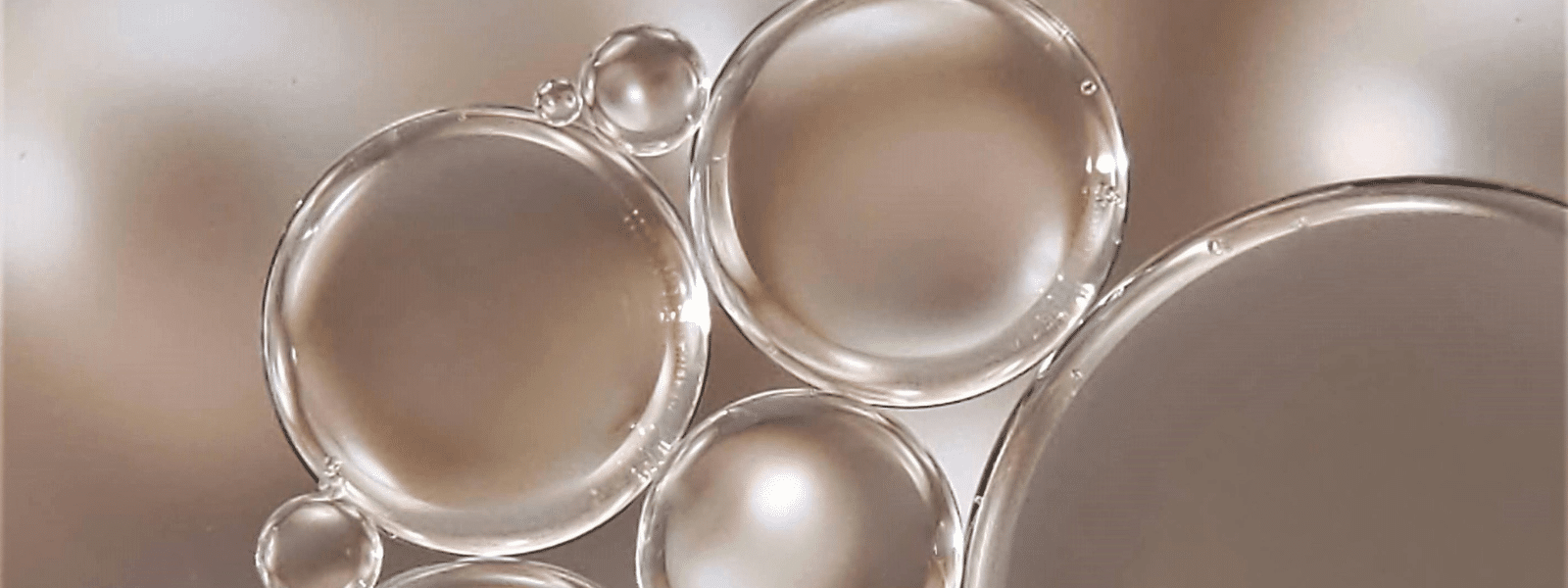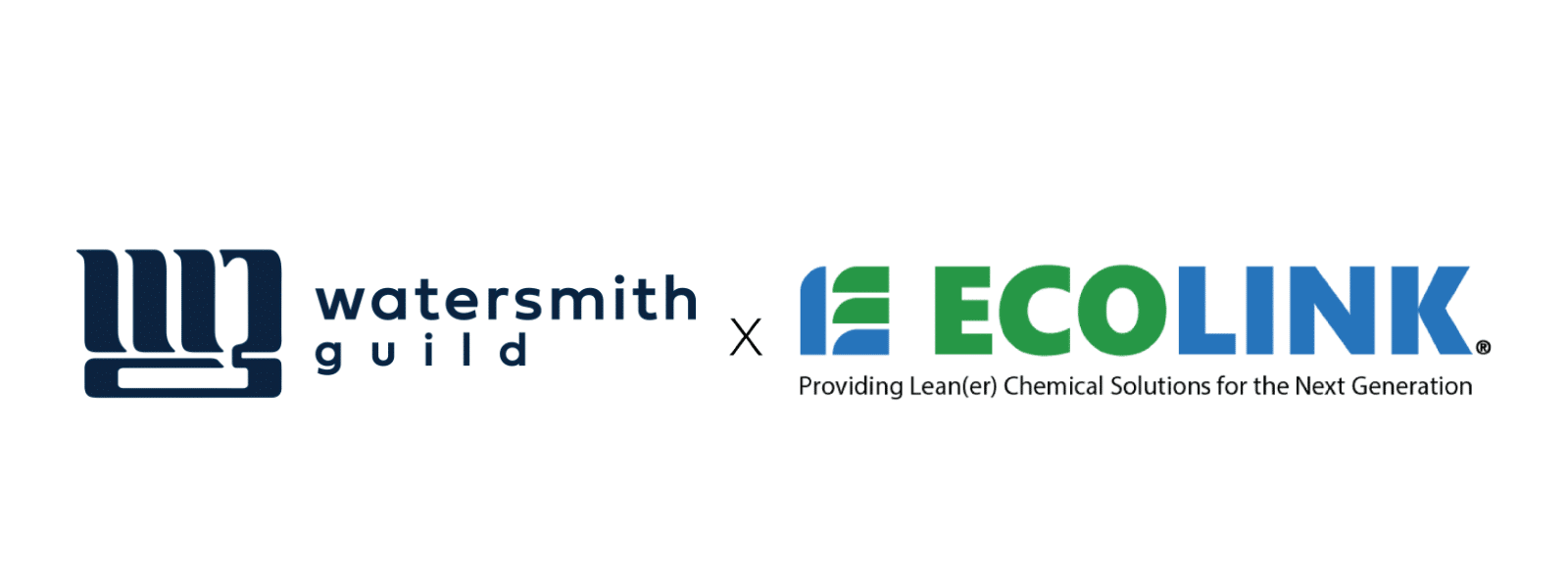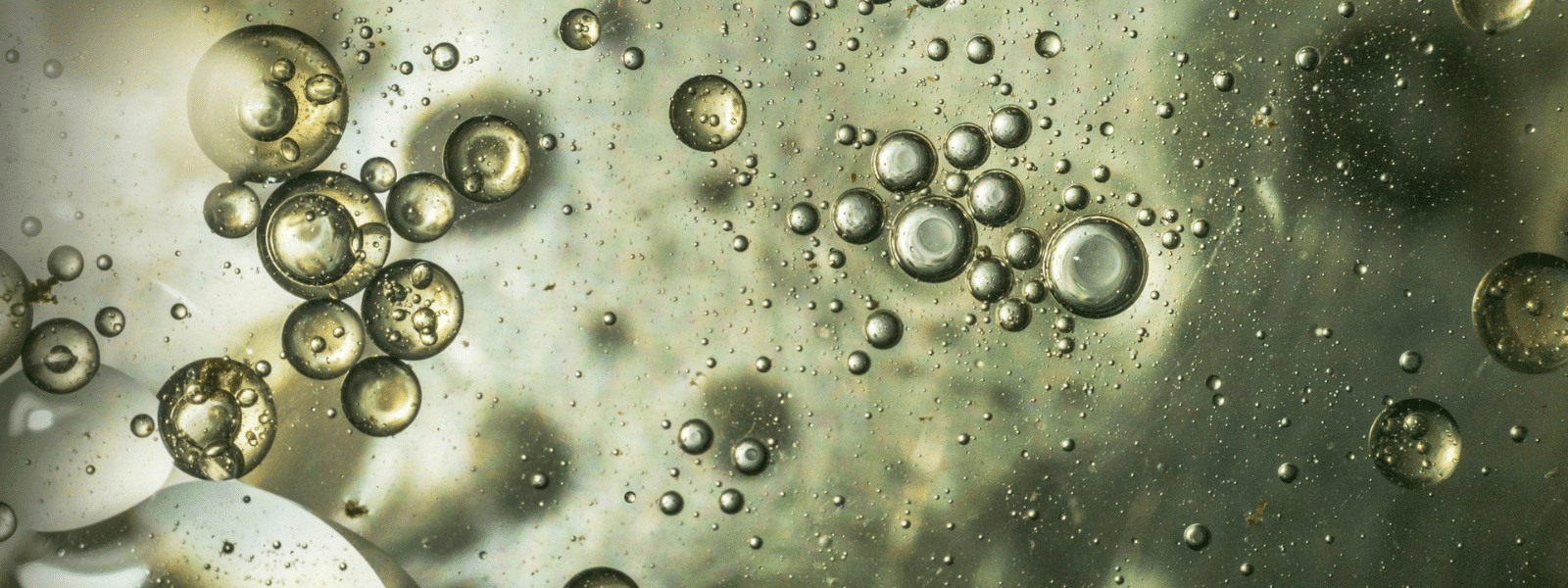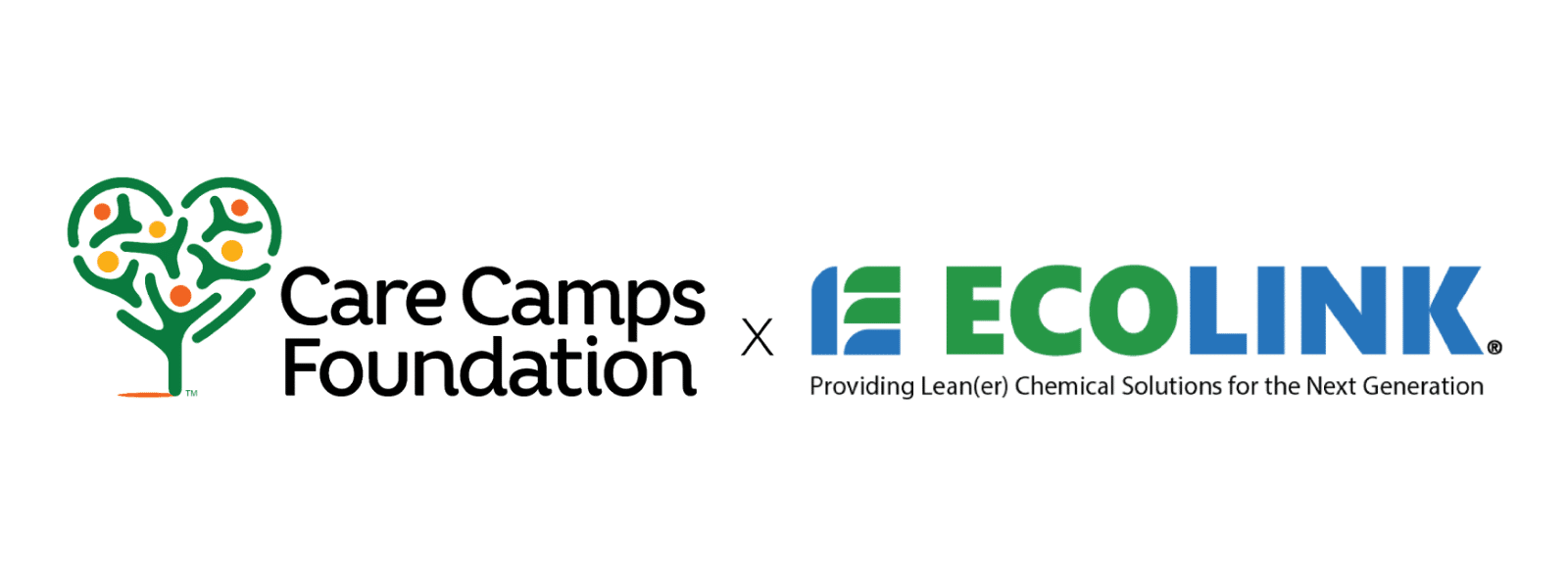For decades, most industrial cleaning products have been effective for companies needing an efficient cleaner for their parts, metals, and materials. Cleaning products are expected to clean and degrease dirt, grime, dust, stains, and oils from products with near one hundred percent efficiency; otherwise, the products might fail when put into production. Industrial cleaners and degreasers have been effective in their duties for quite a long time. Unfortunately, for all of those decades, even centuries, that industrial cleaning solutions have been used, most of them were created with harmful chemical components that were dangerous to both people and to the environment. Because we have the research and necessary science today to test chemical components, there have been a lot of discoveries made concerning industrial solvents and the fact that a lot of them are hazardous to both people and the environment, and can cause serious, and sometimes dire effects on people that could result in death.
Because there have been numerous, and by numerous we mean tens, perhaps hundreds of thousands of cases nationwide, of ailments directly related to exposure to hazardous industrial cleaners that emit noxious gases or are poisonous to the touch, there has been a large push by regulatory committees and green alternative organizations to find and implement safe alternatives. Fortunately, scientists and companies involved in creating green alternative industrial solvents have had monumental success in designing a “less cleaning product.” Make no mistake though, a “less cleaning product” does not mean less clean. It just means using less of the cleaning product to deliver the same or improved results. Reducing the amount of toxicity in a cleaner while improving it’s overall cleaning ability has been the focus of many environmentally conscious chemical companies. Scientists have experienced great success and accomplishment with creating an eco friendly industrial solution that can clean as effectively, if not more effectively than any other industrial solvent ever devised.
The above statement that eco friendly solutions exists that clean parts, metals, and materials as good or better than conventional industrial solvents has been tested and proven by scientists. Therefore, there is no excuse for industrial businesses that use potentially hazardous industrial cleaning products not to transition to a green alternative degreaser, if their company has not already. If you need to make the transition to a less cleaning product, Ecolink can help you identify and incorporate a green alternative solution.
Ecolink has been one of the early pioneers involved in the movement to help industrial businesses that need less toxic cleaning products find an eco friendly alternative to ensure the safety and health of all employees around or near the chemical solvent. An Ecolink professional will help you transition to a safer, less toxic, solvent; and remember, though the new solvent will be considered “less” cleaning, it does not mean your products will be less clean. Conversely, your business will find your parts as clean, or cleaner than your previous solution.





